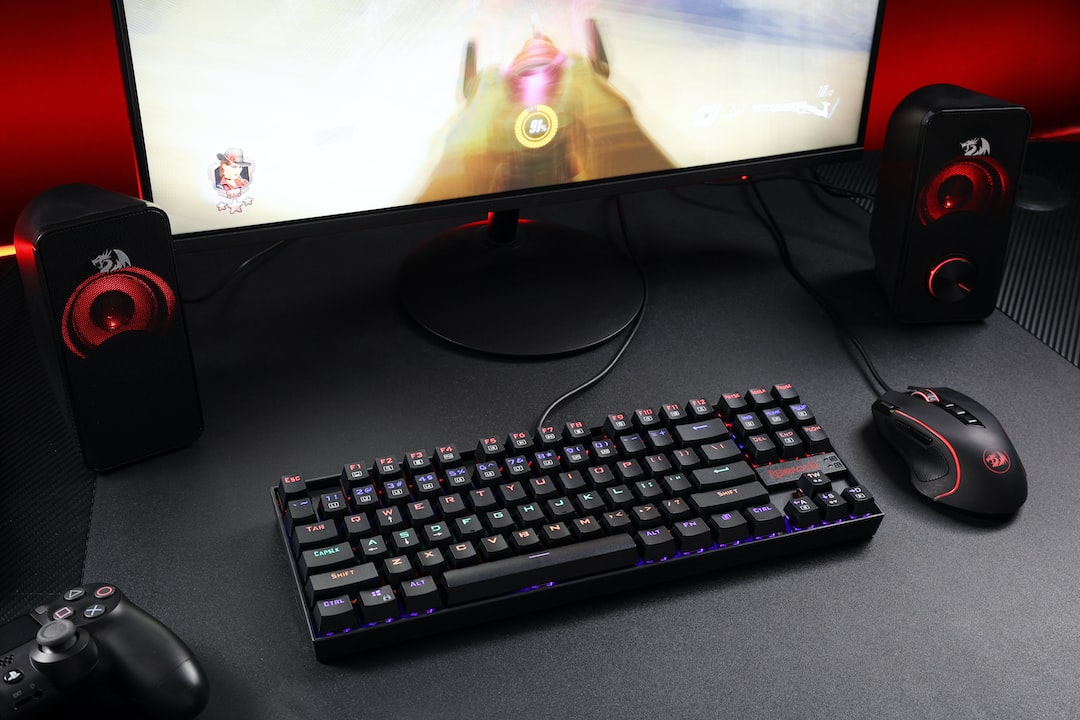Exploring the Different Types of Motherboards for PC Builders
When it comes to building your own PC, one of the most crucial components to consider is the motherboard. Acting as the backbone of your system, the motherboard is responsible for connecting all the essential hardware components. It determines the type of processor, RAM capacity, and storage options that your PC can support. For PC builders, understanding the different types of motherboards is vital for creating a custom-made system that meets their precise requirements.
ATX (Advanced Technology eXtended) is one of the most common motherboard form factors used today. This large-sized motherboard offers ample space for expansion slots, accommodating multiple graphics cards, RAM modules, and storage drives. Most ATX motherboards also include integrated Wi-Fi and Bluetooth connectivity options. This makes it an ideal choice for gamers or those who require high-performance systems.
Micro ATX (mATX), on the other hand, is a smaller motherboard option that sacrifices some expansion slots compared to ATX. However, it still provides a robust foundation for building a compact yet powerful PC. mATX motherboards are often chosen for HTPCs (Home Theater PCs) or small form factor builds, where space efficiency is crucial. PC builders can expect to find a variety of connectivity options and enough room for a dedicated graphics card and a few storage drives.
Mini ITX is the smallest form factor available in motherboards. These tiny boards are ideal for those looking to create an ultra-compact PC build. Despite their small size, Mini ITX motherboards still offer impressive capabilities. Most models come with integrated Wi-Fi and Bluetooth, as well as enough expansion slots for a dedicated graphics card and storage drives. Gaming enthusiasts and home theater enthusiasts often opt for Mini ITX motherboards for their unique portability and sleek design.
When choosing a motherboard, it is essential to consider the socket type compatibility with your chosen processor. Common socket types include LGA (Land Grid Array) for Intel processors and AM (Alternative Multiplier) for AMD processors. Ensuring compatibility is key to avoiding hardware conflicts and achieving optimal performance.
Additionally, PC builders should also pay attention to the available ports and connectors on the motherboard. USB 3.0 and 3.1 ports, HDMI and DisplayPort outputs, audio jacks, and Ethernet ports are some examples of essential connectors to consider. Depending on their specific needs, builders can select motherboards with various expansion slots, such as PCI-E x16 for graphics cards or M.2 slots for fast storage integration.
In conclusion, understanding the different types of motherboards available is vital for PC builders who want to create their custom systems. Whether you prioritize expandability, space efficiency, or portability, there is a motherboard available to meet your needs. Considering factors such as form factor, socket type compatibility, and available ports will help you choose the perfect motherboard for your PC building project. With the right motherboard as the foundation, you can build a high-performance PC that perfectly suits your requirements as a PC builder.

